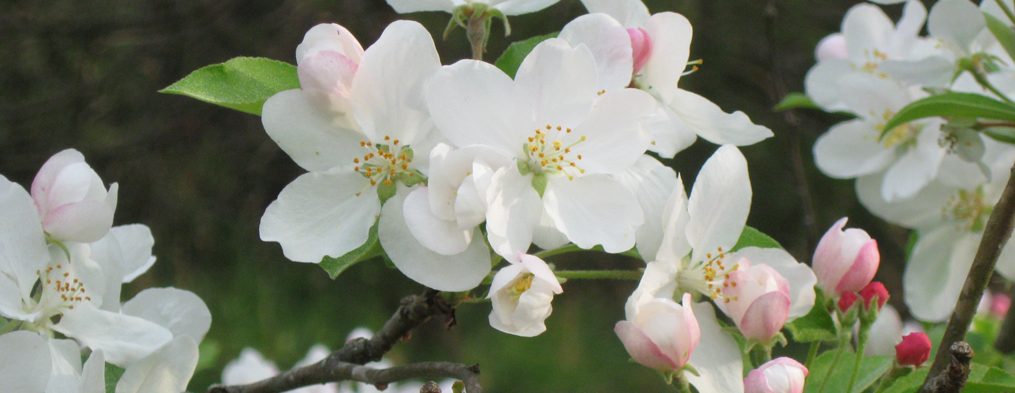| From time to time I dive into the idea of seeing the Triple Goddess as Sisters rather than Mother, Maiden, Crone. I have to confess that the idea of Sister Goddesses, complete in their familial connectedness, representing unity, connection, and interdependency, is very appealing. We, who practice Goddess Spirituality, strive in our relationships to reflect this in our work together. Shared power!If I were to look at the sisterhoods individually, I enjoy the Ananke and the Moirae from Greek mythology. I like them because they represent a balance. One side setting the standards and the other, enforcing them! A perfect example of the laws of cause and effect!
The laws and customs of this time caused the oppression of women with very few rising up to any sort of power at all and then, only at great cost. These goddesses must have arisen from this oppression, for they perfectly reflected all areas of women’s lives. Living under oppression, there was great need for women to reach out for help. They needed assistance from their goddesses to help them deal with the peril and confines of their daily lives. They would need protection and recourse from injustice. Ananke was an early goddess of inevitability, compulsion and necessity. People referred to her as the “inescapable.” They said that she was born self-formed as a serpent whose arms reached across the entire universe. From her very beginning she entwined herself with her mate, Khronos, the god of time. As a pair, they surrounded the egg of matter or “form.” As their coils grew tighter, they split the egg into earth, heaven, and sea bringing about the creation of the ordered universe. They were seen as the “cosmic-circling forces of fate and time–driving the rotation of the heavens and the never ending passage of time.” She was also the mother of the Moirae. Under another name for her, she was Adrastea, “incorporeal, her arms extended throughout the universe and touching its extremities.” (from an email from Max Dashu) Donna Wilshire calls her “Ananke, the Yolk,” a woman’s core center, her “knowing self,” that part of our wholeness that strives to have everything in right relationship. This was not because of regulations outside of one’s self, but governed by that inherent self-knowing, deep within. She is a woman’s voice of authority. Wilshire states that Teleia allows woman to embrace response-ability which in turn allows Ananke to prosper and grow within. Those values associated with Ananke such as inevitability, compulsion and necessity are not things brought to woman by outside. Neither are they forced when they come from her true Ananke within. What is inevitable and necessary is that she honors that true Ananke within, her own voice of authority and wisdom. With the passage of time her stories changed. Her essence grew ever sterner, binding people perhaps to lives without choice. Her daughters were the Moirae, called the Apportioners. Individually, they were three sisters, Clotho, the Spinner, Lachesis, the Allotter and Atropos, the Cutter. They were symbolic of the process of weaving with thread as life. They were divine midwives – creating a tapestry and weaving individual lives together. All three represent Unavoidability, Necessity, and Ethical Principle. Women have come a long way in the struggle for “freedom from oppression.” It is in looking at goddesses such as these, as well as Goddess as “whole and becoming” and Goddess who is “growth, merging, and creation” we see that she represents all of life in one whole package, chaos, complexity, unity and diversity, all at once. For such powerful goddesses to arise in a time when women needed help with the constant oppression under which they lived, just imagine how powerful they could be today, if we called upon their power. These goddesses share their stories to remind us of the strength and resolve we each carry within. From this we can go within and pull their strength. For they are a part of us today and their strength lives within us, giving us the deep knowledge of our own “knowing self.” As feminists, familiar with oppression, it is important for us to know them and to know they are with us today. Information gathered from: http://www.theoi.com/Protogenos/Ananke.html MacDowell, Katherine, The Three Fates: Sister Goddesses, Ocean Seminary College, Monmouth, NJ, 2008 Wilshire, Donna, Maiden, Mother, Crone, Inner Traditions, Rochester, Vermont, 1993 |
